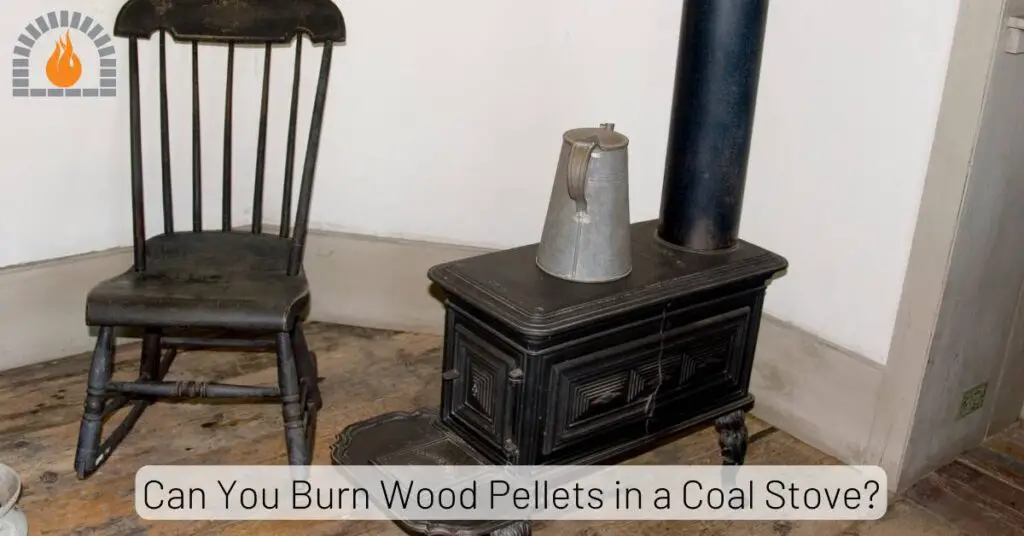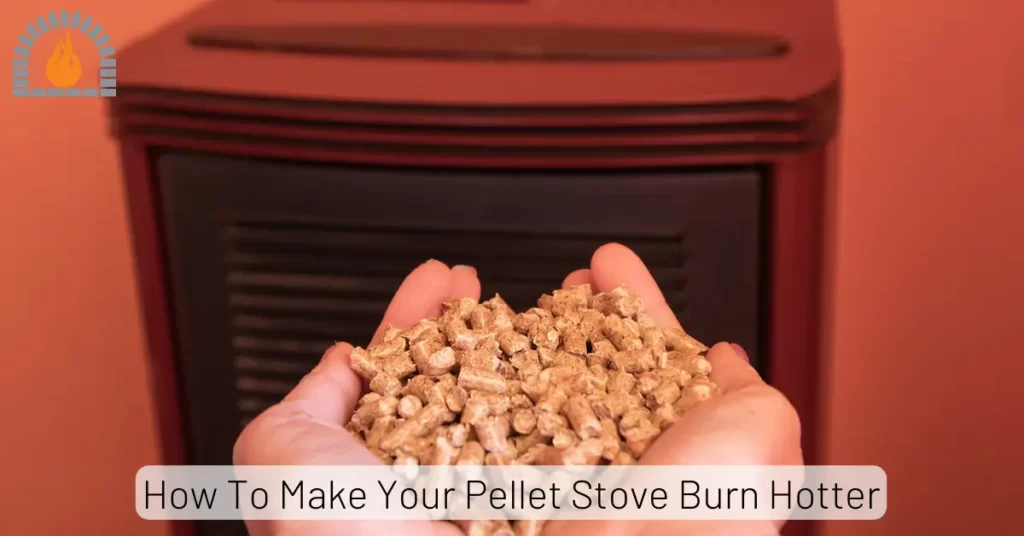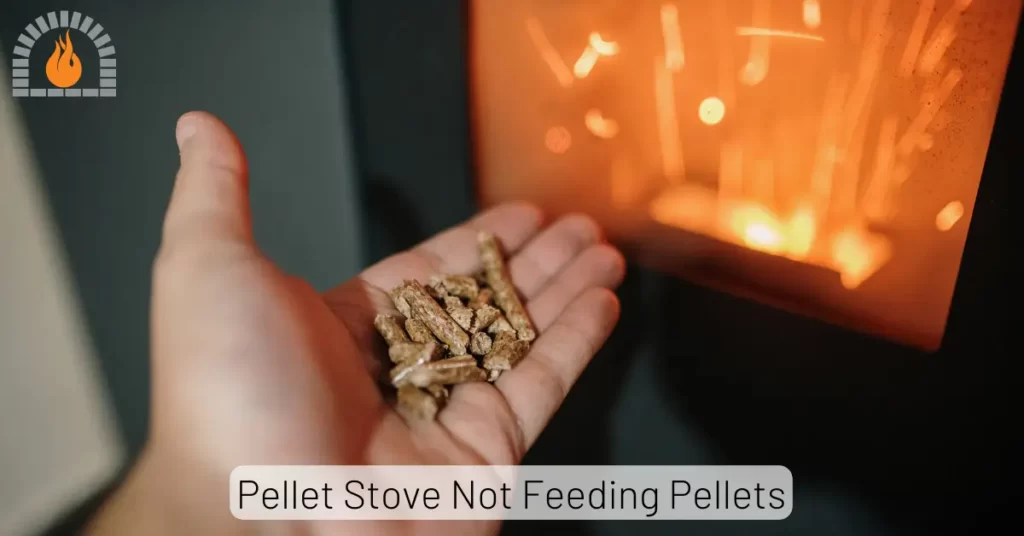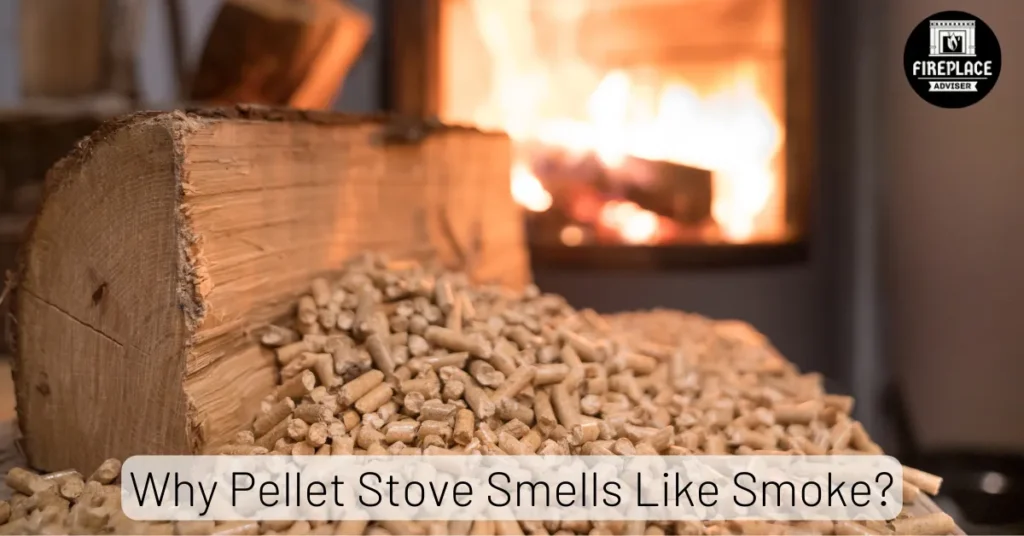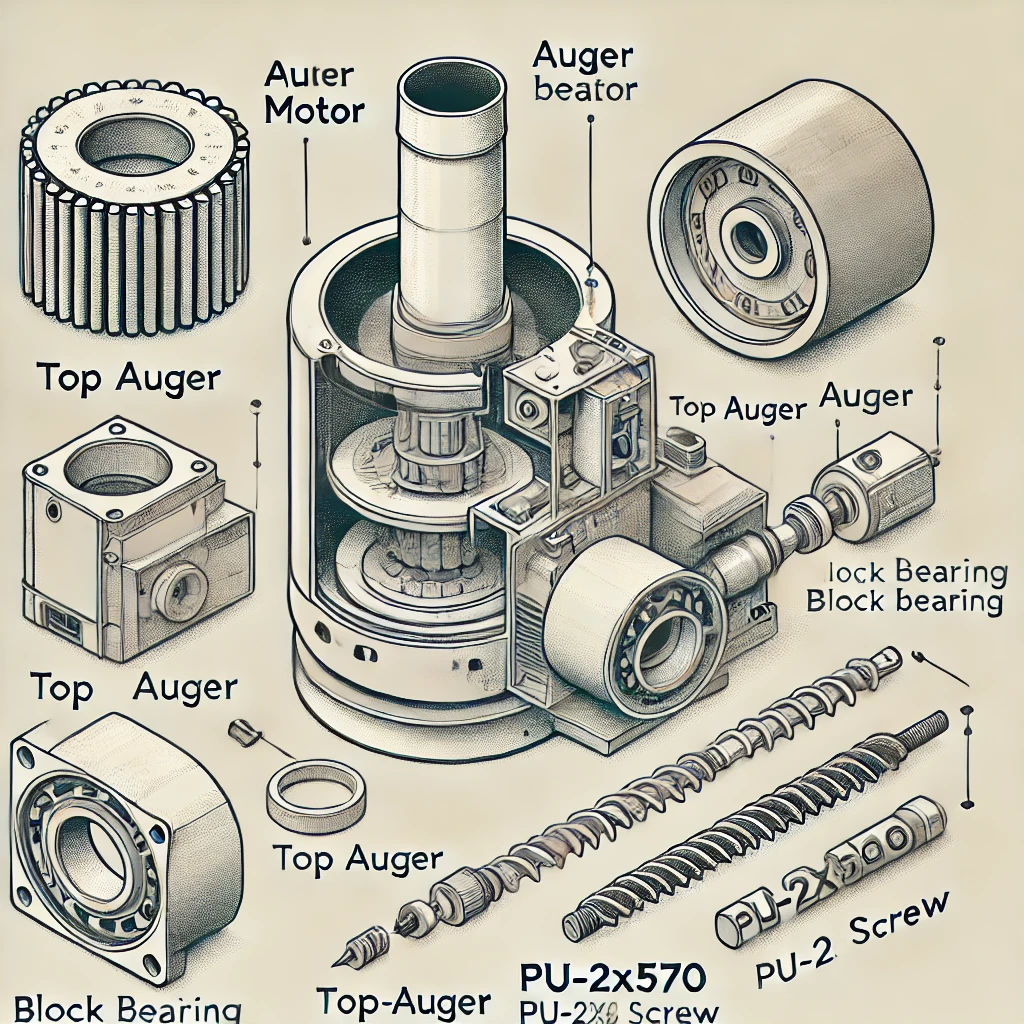When installing a pellet stove in your basement, ensuring proper venting is one of the most crucial steps for both safety and efficiency.
A correctly installed exhaust vent and fresh-air intake system are vital not only for the stove’s performance but also for the well-being of everyone in the home.
Inadequate venting can result in harmful smoke and ash entering the living space, which can trigger respiratory issues, particularly for individuals with asthma or other breathing conditions.
Even more concerning, poor venting could cause a buildup of carbon monoxide, an odorless, colorless gas that poses serious health risks and can be fatal for both people and pets.
In this guide, we’ll discuss everything you need to know about basement pellet stove venting to ensure your installation is safe and compliant.
Basement Pellet Stove Venting Solutions
-
Venting via Pellet Insert
-
Venting via Cathedral Ceiling Stove Installation
-
Venting via Masonry Chimney Relining
-
Venting via Attic Offset
-
Vertical Venting
-
Horizontal Venting
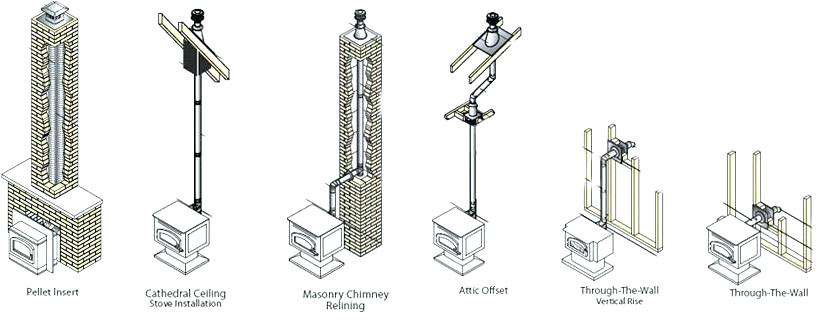
Image Credit: friendlyfires.ca
1. Basement Pellet Stove Venting via Pellet Insert
One of the most popular ways to vent a basement pellet stove is through a pellet insert. If your basement already has an existing masonry fireplace, this method is ideal.
A pellet insert is designed to fit inside an existing fireplace opening, converting it into a highly efficient heating source.
The venting is typically done by installing a liner inside the chimney, which allows the stove to safely exhaust gases outside.
With this option of Basement Pellet Stove Venting, you save on space and make use of your old fireplace, all while enjoying the clean, efficient burn that a pellet stove provides. It’s also a straightforward installation, making it appealing for those who want to keep things simple.

2. Venting via Cathedral Ceiling Stove Installation
If your basement has a high or cathedral-style ceiling, you can opt for venting straight up through the ceiling. This method requires careful installation as the vent pipe will need to travel through multiple floors before reaching the roof.
While it might seem more complicated, the benefit of vertical venting in such a scenario is improved draft and airflow, which helps the stove operate more efficiently.
Plus, it keeps the venting system inside your home, reducing the risk of exposure to the elements. This option might be more aesthetically pleasing if you’re aiming for a streamlined, interior look.

3. Venting via Masonry Chimney Relining
If your home already has a masonry chimney running through the basement, relining it for pellet stove venting is a practical solution.
This process involves placing a new stainless-steel liner inside the existing chimney, which ensures the exhaust gases from the stove can be safely and efficiently vented outside.
Relining is essential because pellet stoves have different venting requirements compared to traditional wood-burning fireplaces. A proper liner prevents gases from leaking and helps maintain the right air pressure for your pellet stove to burn optimally.
If you want to avoid creating new holes in walls or ceilings for Basement Pellet Stove Venting, relining the chimney is the way to go.

4. Basement Pellet Stove Venting Venting via Attic Offset
For some homes, especially older ones, direct vertical venting might not be an option due to structural limitations. In such cases, using an attic offset can provide a solution.
Here, the vent pipe travels from the stove up to the attic, where it is redirected horizontally before exiting through the roof.
This type of venting requires precise planning to ensure proper clearance and safety, but it offers flexibility in homes where a straight-up vent path isn’t possible.
With careful placement, the attic offset method can maintain efficiency while keeping the overall installation looking clean.

5. Vertical Venting
Vertical venting is one of the most efficient methods for basement pellet stove installation. The process involves running the vent pipe directly upwards through the house and exiting through the roof.
This method works well because the upward movement of hot gases creates natural draft pressure, ensuring the stove burns efficiently.
Vertical venting is often preferred when you want to maximize your stove’s performance, as the vertical rise enhances airflow and reduces the risk of smoke or fumes leaking back into your home.
It also keeps the venting discreetly inside the house, reducing exposure to cold temperatures that can affect the performance.

6. Horizontal Venting
If you want a simpler installation process or if vertical venting isn’t feasible due to structural limitations, horizontal venting is a great option.
In this setup, the vent pipe is directed horizontally from the back of the stove through an exterior wall to expel the exhaust gases.
While horizontal venting might not have the same natural draft benefits as vertical venting, it’s easier and faster to install. It’s also a popular choice for homeowners who want to avoid cutting holes in the ceiling.
With the addition of a vent cap on the outside, this method is both efficient and budget-friendly for many basement installations.

Venting Clearance Requirements
To ensure proper venting clearance, it’s important to follow specific guidelines. Vents should be positioned between 12 and 48 inches away from any windows or doors.
If you’re dealing with a ventilated soffit, make sure there’s at least 18 inches of clearance, whereas for an unventilated soffit, a 12-inch clearance is sufficient. For corners, maintain a minimum of 12 inches from an inside corner and 18 inches from an outside corner.
Additionally, vents must not be installed within 3 feet of a gas meter to comply with safety standards.
Essential Considerations for Installing a Pellet Stove in a Basement
When I’m considering installing a pellet stove in my basement, there are several essential factors I always keep in mind to ensure both safety and efficiency.
Here’s what I think about:
Location and Ventilation
Selecting the right spot for your pellet stove is crucial. It should be placed on a fireproof pad or corner hearth pad for pellet stove and kept at a safe distance from any flammable materials.
Adequate ventilation is also critical, as pellet stoves produce high-temperature exhaust.
Ensure the stove has access to outdoor air for combustion, particularly in homes that are tightly sealed, to prevent oxygen depletion.
Exhaust System
The exhaust system for pellet stove in your basement requires careful planning. The vent must lead outdoors, and you should be mindful of possible obstructions like snow buildup, which could block the exhaust.
If your basement has limited ceiling height, additional modifications, such as installing window wells, may be needed to ensure proper ventilation.
Heating Capacity
Evaluate the heating requirements for your basement. As a general rule, you’ll need around 20-25 BTUs per square foot in well-insulated spaces.
For a basement, the insulation quality and size of the area will impact the stove’s capacity. It’s best to consult with a professional to choose the right size pellet stove for your specific needs.
Safety Measures
Safety should always be a top priority when installing a pellet stove. Make sure to install carbon monoxide detectors near the stove and in nearby sleeping areas.
Keep a fire extinguisher within reach, and regularly maintain and inspect both the stove and the venting system to minimize any safety hazards.
Local Regulations and Insurance
Before proceeding with the installation, check your local building codes and regulations, as they can differ by area.
Following these codes is not only important for safety but also to avoid complications with your home insurance, which may not cover incidents related to non-compliant installations.
Affiliate Disclosure: Fireplaceadviser.com is a participant in the Amazon Services LLC Associates Program. We may earn a commission when you click on certain links on this site and purchase.

Hello!! I am Jamal Khan. I often fix my home electric heaters and gas stove problems and research the common issues in the heating units to improve my knowledge and expertise. The aim of establishing fireplaceadviser.com is to share my expertise and knowledge with my audience.













